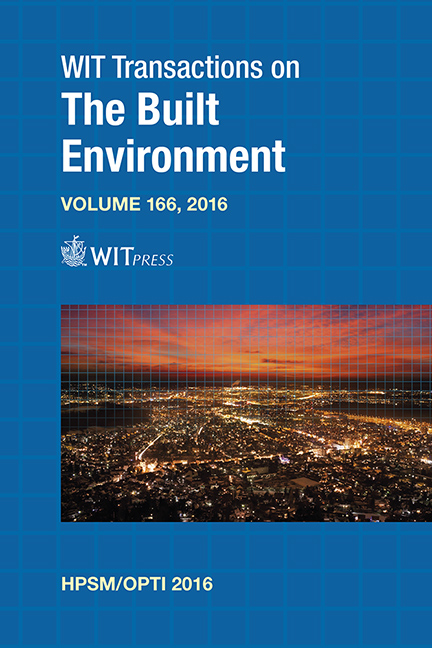Mechanical Characterisation Of Nanocellulose Composites After Structural Modification
Price
Free (open access)
Transaction
Volume
166
Pages
7
Page Range
335 - 341
Published
2017
Size
458 kb
Paper DOI
10.2495/HPSM160311
Copyright
WIT Press
Author(s)
H. Takagi, A. N. Nakagaito, K. Nishimura, T. Matsui
Abstract
Recently cellulose nanofiber has attracted researchers’ attention as a new bio-based reinforcing phase, because the mechanical property of the cellulose nanofiber seems to be excellent; for example, tensile strength and modulus are about 2 GPa and about 140 GPa. However, the mechanical properties of polymer composites reinforced by the cellulose nanofiber are markedly lower than expected. In this study, polyvinyl alcohol-based nanocellulose fiber-reinforced composites were fabricated as a model nanocomposite system. We tried to improve the mechanical properties of the cellulose nanofiber-reinforced composites by controlling the orientation of cellulose nanofiber through multiple mechanical extension treatments. In the present study, the alignment of cellulose nanofiber in polymeric matrix can be controlled by applying 10 times mechanical extensions at most. The effectiveness of this fiber alignment control has been successfully demonstrated; the tensile strength and Young’s modulus of the cellulose nanofiber-reinforced composites after the mechanical extension treatments reached almost the two-fold value as compared with those of the untreated composites.
Keywords
green composites, nanocomposites, cellulose nanofiber, fiber orientation, mechanical properties





